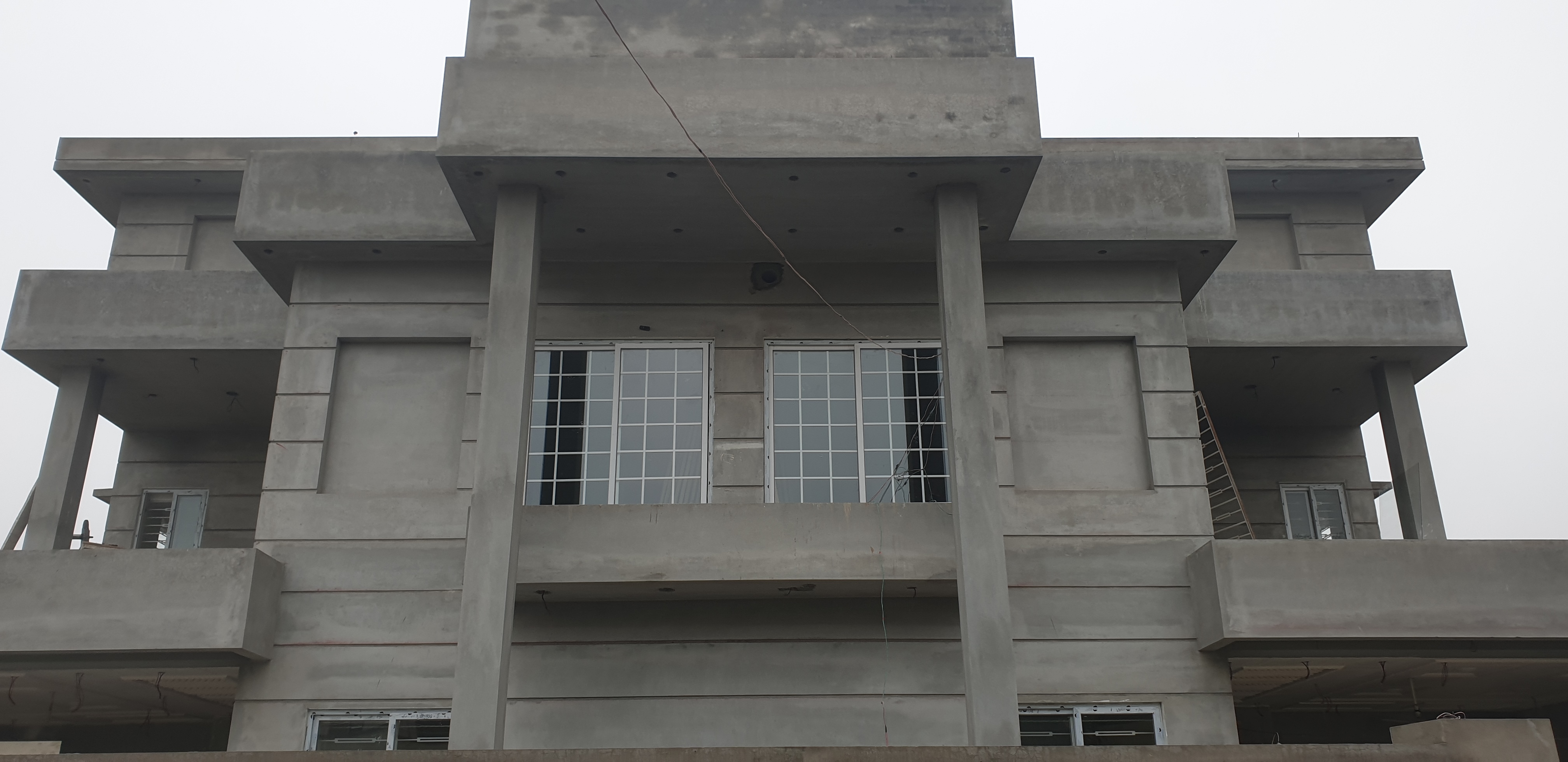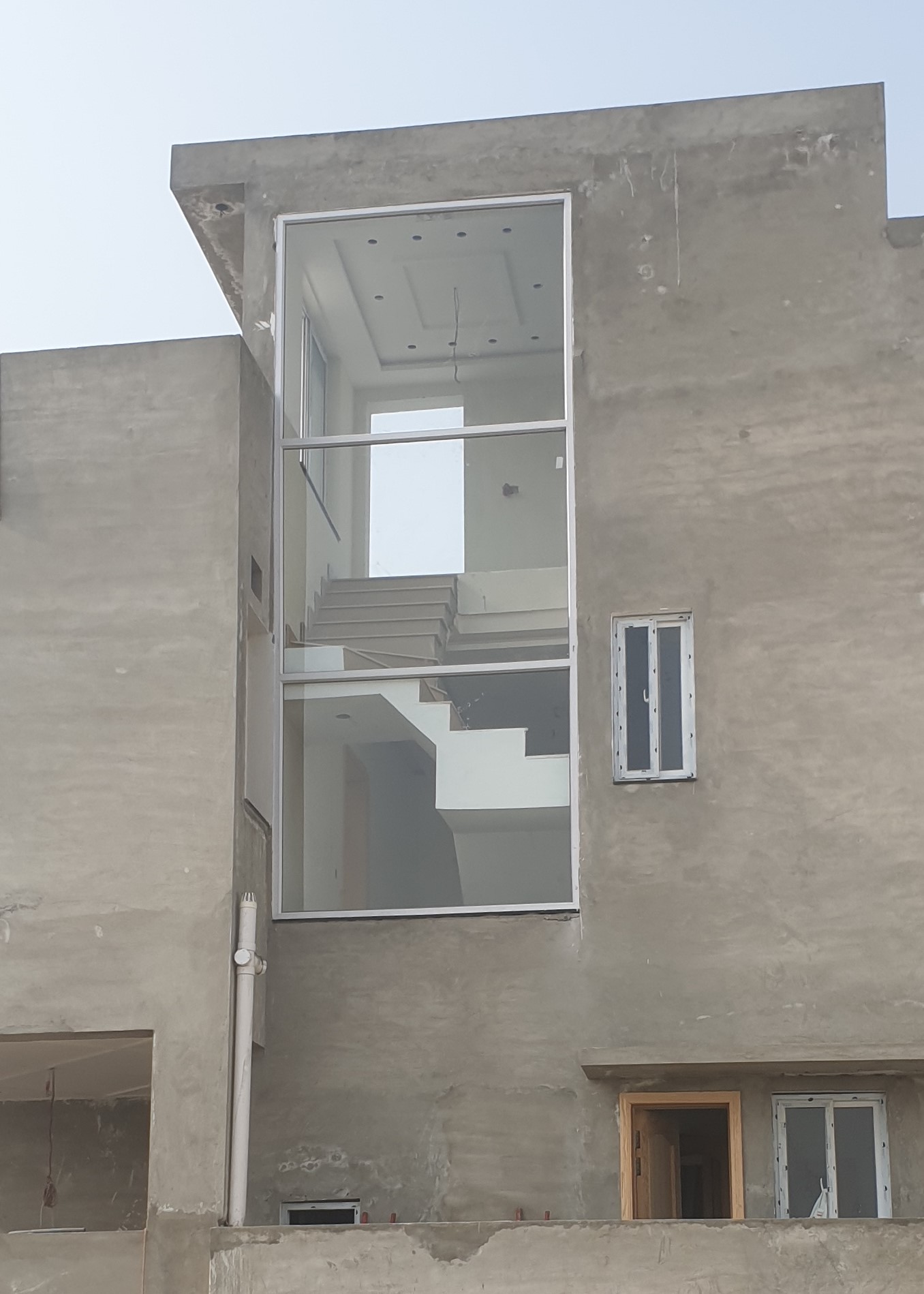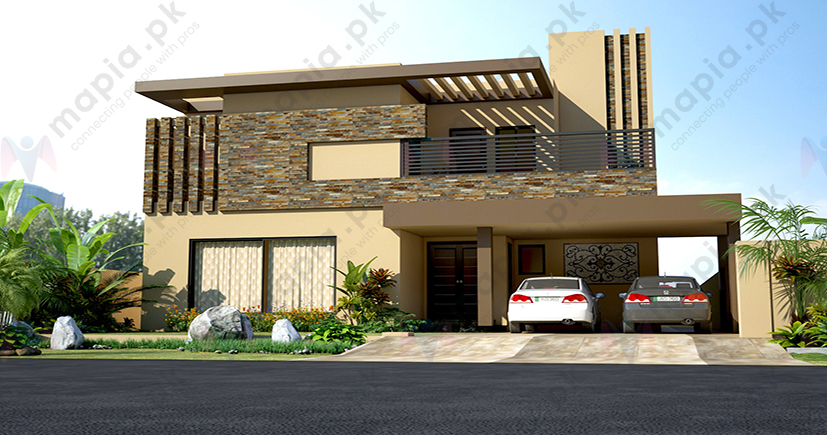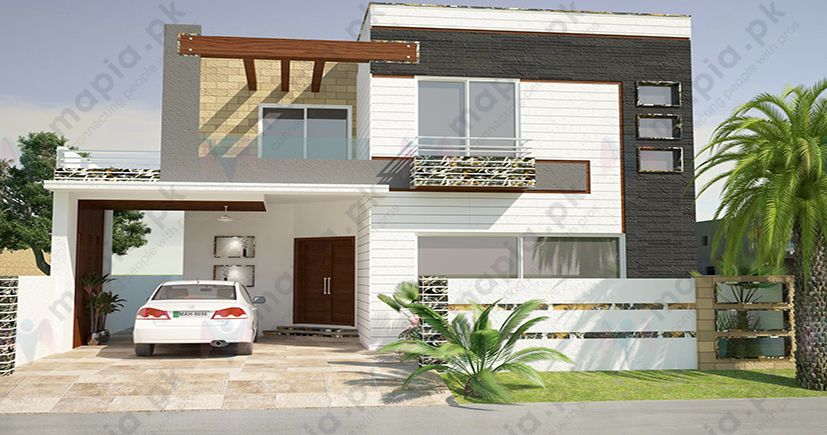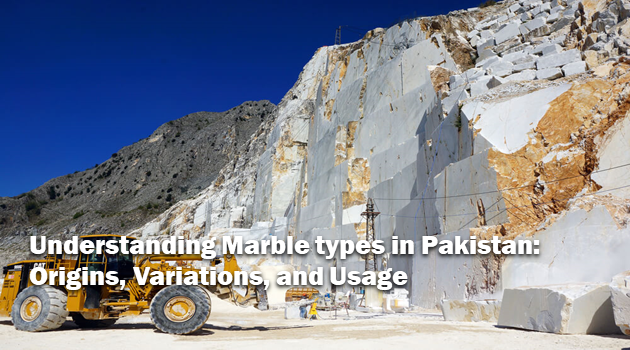Architectural and Engineering Glossary
A
A substance capable of holding materials together by bonding the surfaces that are in contact.
The separation of two surfaces joined by an adhesive,either by a force less than that specified by the manufacturer or by service conditions.
Occurring without the gain or loss of heat.
The curing of concrete or mortar in which adiabatic conditions are maintained during the curing period.
See Rustic style.
An entrance or passage.
Premium Product & Services
Best products and services from our partners
The average elevation of the final grade adjoining all exterior walls of a building,calculated from grade elevations taken at intervals (usually 10 ft or 3 m) around the perimeter of the building.
A device used to hold a doorframe above the finished floor.
A doorframe which has an adjustable jamb so that it can be installed in walls of different thicknesses.
On a theater stage,an inner proscenium which is variable in height,width,or position;may be hung from rigging overhead or floor mounted.
A try square the arm of which is at right angles to the handle;the position of the arm may be moved so as to form an L or a T.
Any one of several types of wrenches having one jaw fixed and the other adjustable;set to the desired size by means of a knurled screw.
The individual,official,board,department,or agency established and authorized by a city,county,state,or political subdivision created by law to administer and enforce the provisions of a code.
A material other than water,aggregates,lime,or cement,used as an ingredient of concrete or mortar,and added to the batch immediately before or during its mixing;used as a water repellent,as a coloring agent,as a retarder or accelerator (to modify its setting rate), etc.
Same as mud capping.
Large,roughly molded,sundried clay brick,usually of varying sizes.
An adobe brick that has been kiln dried at a temperature lower than that required to produce a hard burnt brick; usually deep red in color,relatively soft, and rough in texture.
A box for mixing adobe and shaping it into bricks.
In Britain,a dedicated street.
The action of a material in extracting a substance from the atmosphere (or a mixture of gases and liquids) and gathering it on the surface in a condensed layer;the process is not accompanied by physical or chemical change.
In the Middle Ages in Britain,said of a castle that was crenelated without a license to erect battlements.Such licenses were granted by the reigning monarch in exchange for a cash payment from the castle’s owner.
Grouting by a technique in which the front of the mass of grout is forced to move horizontally through preplaced aggregate.
A method of concrete placement in which the face of the fresh concrete moves forward as the concrete is placed;the face of the fresh concrete is not vertical.
A deciduous tree,of specified size,which has been transplanted several times and has had its roots pruned in preparation for its final transplantation.
Occupation of property by one not the true owner,openly,notoriously,and continuously.See statute of limitations; squatter’s right;proscription.
On the stage of a theater,a curtain which bears advertisements;usually behind the asbestos curtain,but sometimes (rarely) the asbestos itself.
1.The inner shrine of a temple reserved for the priests.2.The most sacred part of a place of worship.
A cutting tool whose thin arching blade is perpendicular to the handle;used for the rough shaping of wood.
Abbr.for “Aluminum Extruders Association.”
1.In Roman antiquity,any edifice or a minor shrine,not formally consecrated.2.Now,any chapel or temple.
Sculptured representations of the heads or skulls of goats or of rams;used as decorations on ancient altars,friezes, etc.
In ancient Rome,the public treasury.
To introduce air into soil or water by natural or artificial means.
See cellular concrete.
Same as foamed plastic.
1.Exposing a substance to circulating air.2.In landscape architecture,the addition of air into the soil;may be implemented by a plow-like mechanism or by the addition of an air-entrained material,such as vermiculite or peat moss,during the soil conditioning process.
A device which introduces air into an exiting stream of water.
An overhead electric cable (field assembled at a construction site) which is attached to poles or other supporting structures.
A photograph taken from a vehicle in flight.
An aerial photograph or photomosaic to which is added basic mapping information such as place names,boundaries,etc.
A composite of aerial photographs depicting a portion of the earth’s surface.
Noise resulting from the flow of air;often generated in an air conditioning system when an airstream encounters protuberances,rough surfaces,and/or blunt edges.
A bed of coarse material used for the rapid filtering of sewage;recirculation of the effluent may be employed.
A spray gun for paint.
An aerial photograph.
Paints which are packaged in a pressurized container for spray application.Pressure is supplied by compressed liquefied gas.
In ancient Rome or Greece:copper,tin,or any alloy of these metals.
A pediment,or the tympanumof a pediment.
Abbr.for “Association Française de Normalisation.”
A device that cools compressed air after it is fully compressed.


